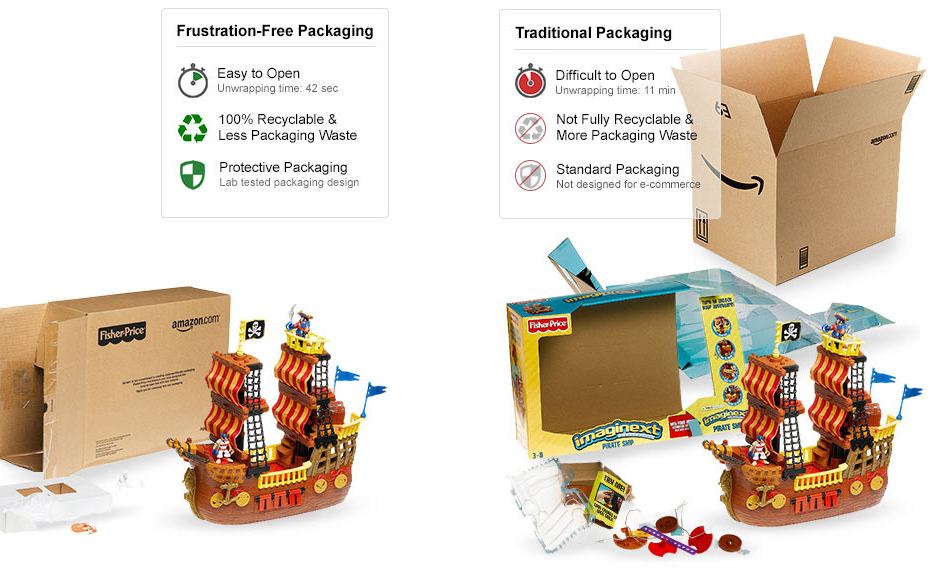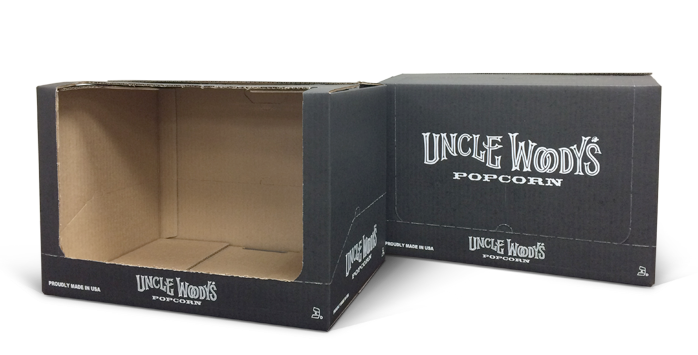Packaging Design Considerations for Baby Boomers
Understanding the Baby Boomer Population
Baby boomers — those born between 1946 and 1964 — make up a major portion of the population. Although recently surpassed in size by the millennial generation, there are more than 76 million boomers in the United States. With life expectancy increases due to medical advancements, healthy lifestyle trends, and improved quality of life, boomers are now living longer than previous generations.
What does this mean for consumer goods? Brands can’t afford to underestimate the impact of boomers when it comes to the retail and eCommerce landscape.
Why Market Your Packaging to an Older Demographic?
Born in the age of consumerism, boomers have greatly shaped the fabric of American society and culture as we know it today. While considered to be a very valuable generation, according to Nielsen, boomers are an underserved and often ignored group in today’s marketplace.
Research shows that boomers are not only more likely to repurchase a product, they actively resist switching brands once they’ve established a favorite. In addition to being brand loyal, boomers expect product quality that they are more than willing and able to pay for. In fact, the group controls an estimated 70% of all disposable income in the United States.

The media often plays on the stereotype of older adults being confused by technology. However, boomers are now more connected than ever before. Technology adoption rates for the group continue to grow rapidly. Roughly half of boomers own smart phones, tablets, and use social media.
With a significant amount of spending power, boomers represent a huge (and often missed!) opportunity for many brands.
Packaging Considerations for Baby Boomers
In order to create effective packaging that drives sales and satisfies customer needs, brands that want to engage with boomers must understand their priorities and how they differ from younger consumers. Here are important aspects to consider when designing packaging for boomers:
Convenience & Security
As we get older, it can be difficult to open secure packaging, such as boxes, jars, or bottles. Regardless of a user’s age, inconvenient packaging can lend itself to a poor brand experience. Brands must ensure that their packaging is physically easy to open and close, while maintaining a high level of product security. Amazon’s Frustration-Free Packaging Program is a great example of a global brand initiative to encourage easy-open packaging among its vendors.

Optimized Labeling
Many brands opt for compact packaging due to limited retail space and the desire to save money. However, older adults may have difficulties when reading messaging or identifying the branding on product packaging. Considering using a mix of large fonts, bold colors, and imagery on labels for optimal visual communication.
Make it Fresh
While boomers may prefer brands they are familiar with, don’t assume that they prefer traditional packaging. Consider incorporating modern elements and trends into your packaging design to keep it fresh on retail shelves. It’s entirely possible to maintain brand recognition while staying relevant at the same time.
Partner with a Great Packaging Provider
The reality is: most brands should consider the cross-generational impact of their product packaging. Today’s leading brands must cater to a wide target audience in order to establish a loyal and viable customer base. Our Packaging Advisors are here to help you tap into the power of digital printing to create packaging that speaks to your consumers — from the untapped baby boomer to the information-driven millennial.
Subscribe
Share this post
Similar Articles

Frustration-Free Packaging and the Consumer Experience
Learn to create frustration-free packaging that delights consumers from shipping and unboxing throug …

How to Eliminate Plastics from Your Corrugated Packaging
Consumers expect eco-friendly packaging choices. Here are 5 ways that dieless finishing can be lever …

Why Should Brands Use Retail-Ready Packaging (RRP)?
Retail-ready packaging can improve the supply chain and generate sales at the point-of-purchase. Lea …
